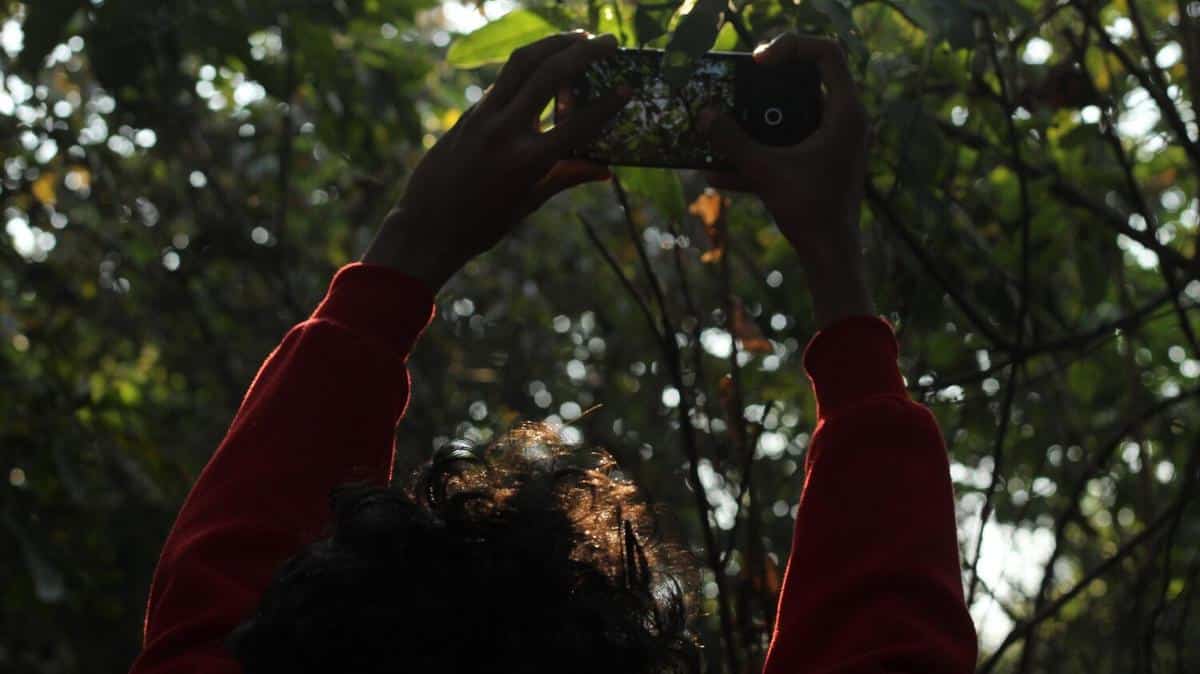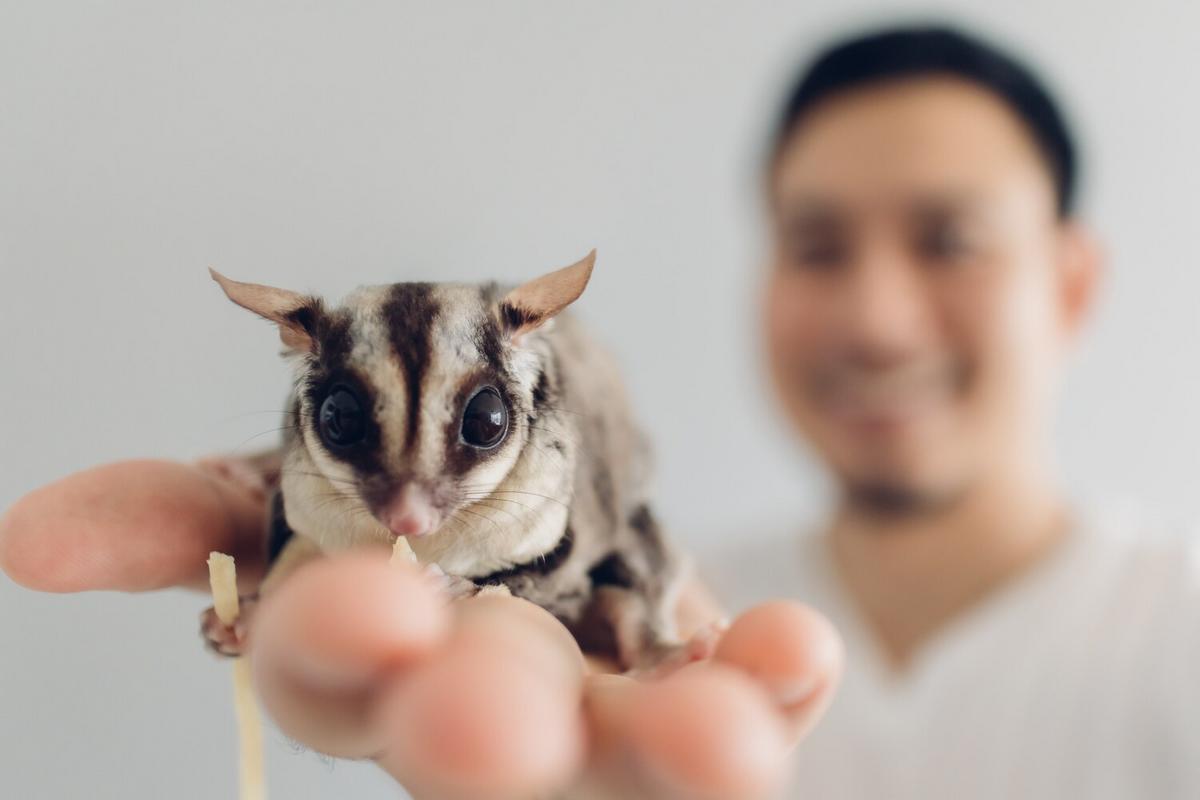
How Urbanization Affects Wildlife: Strategies for Coexistence
Urbanization is transforming landscapes at an unprecedented rate, reshaping environments and posing significant challenges to wildlife. As cities expand, the delicate balance between human development and natural habitats becomes increasingly strained.
Understanding the Impact of Urbanization on Wildlife
Urbanization can lead to habitat loss, fragmentation, and pollution, which are major threats to wildlife. According to a report by the United Nations, urban areas are expected to house 68% of the world’s population by 2050, intensifying pressure on surrounding ecosystems.
Expert Insights
Dr. Mark Johnson, a renowned ecologist, emphasizes, “The expansion of urban areas often leads to the disruption of migration routes and breeding grounds, critically impacting biodiversity.” This highlights the need for innovative approaches to urban planning that prioritize ecological connectivity.
Statistics Spotlight
A study conducted by the World Wildlife Fund found that urban sprawl is a leading cause of habitat loss, contributing to a 60% decline in global wildlife populations over the past 40 years.
Personal Story: A City and Its Creatures
In a bustling city on the edge of a sprawling forest, local residents witnessed the return of foxes and deer after implementing green corridors. This real-life example demonstrates the potential for urban areas to coexist harmoniously with wildlife.
Strategies for Harmonious Coexistence
- Incorporate green infrastructure, such as wildlife corridors and urban forests, into city planning.
- Promote community awareness and education on the importance of biodiversity.
- Implement policies that reduce pollution and preserve natural habitats.
- Encourage wildlife-friendly practices in residential areas, like native planting and eco-friendly gardens.
Consider installing birdhouses and bat boxes in urban gardens to support local wildlife populations.
Comparison Table: Urbanization Impacts and Solutions
| Impact of Urbanization | Potential Solutions |
|---|---|
| Habitat Loss | Green infrastructure, wildlife corridors |
| Pollution | Stricter regulations, green technologies |
| Fragmentation | Urban planning with ecological connectivity |
| Invasive Species | Control programs, public awareness |
| Resource Depletion | Sustainable resource management |
| Climate Change | Renewable energy, carbon footprint reduction |
| Noise Pollution | Sound barriers, quiet zones |
| Light Pollution | Dark sky initiatives, smart lighting |
Frequently Asked Questions
How does urbanization affect local ecosystems?
Urbanization often leads to habitat fragmentation and pollution, disrupting local ecosystems and affecting biodiversity.
What are some simple ways to help wildlife in urban areas?
Creating green spaces, reducing pollution, and promoting wildlife-friendly practices can significantly benefit urban wildlife.
Conclusion
Urbanization poses a complex challenge to wildlife, but with conscious efforts and strategic planning, harmonious coexistence is achievable. By adopting sustainable practices and fostering community involvement, we can ensure that urban development respects and preserves the natural world. Explore further resources on wildlife conservation to become part of the solution.


